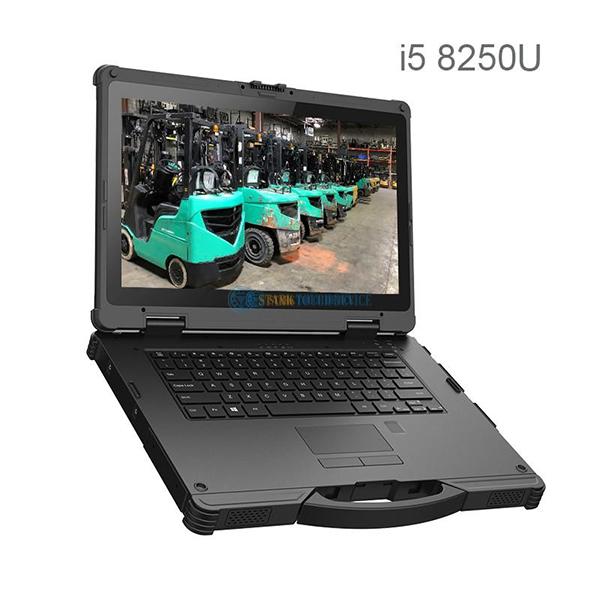Solutions
Regular inspection methods for industrial control computer power modules
Routine Inspection Methods for Industrial Control Computer Power Modules
Power modules in industrial control computers (ICCs) are critical for system stability, as failures can lead to data loss, hardware damage, or process interruptions. Regular inspections help identify degradation, loose connections, or environmental risks before they escalate. Below are detailed techniques for testing and maintaining ICC power modules effectively.

Visual and Physical Inspection Procedures
Initial checks focus on identifying visible damage, corrosion, or improper connections that could affect performance.
Examine Enclosures and Connectors: Look for cracks, bulges, or discoloration on the power module casing, which may indicate overheating or internal faults. Inspect connectors for bent pins, loose fits, or signs of arcing.
Check for Dust and Debris: Accumulated dust can insulate components, leading to overheating. Use compressed air or a soft brush to clean vents, fans, and heatsinks without dislodging delicate parts.
Verify Cable Integrity: Inspect power cables for fraying, exposed wires, or kinks. Ensure cables are routed away from moving machinery or heat sources to prevent abrasion.
Assess Mounting Stability: Confirm the power module is securely fastened to the ICC chassis. Vibrations in industrial settings can loosen screws, causing intermittent contact.
Electrical Performance Testing
Quantitative measurements verify voltage stability, ripple levels, and efficiency under load.
Measure Output Voltages: Use a multimeter to check DC output voltages against specified ranges (e.g., ±5% tolerance for 12V rails). Deviations may indicate failing capacitors or regulator circuits.
Analyze Voltage Ripple: Connect an oscilloscope to the output to detect high-frequency noise or ripple. Excessive ripple (e.g., >100mV peak-to-peak) can destabilize sensitive ICC components.
Test Load Regulation: Gradually increase the ICC’s power draw (e.g., by activating peripherals) while monitoring voltage stability. A significant drop under load suggests inadequate power reserves.
Check Inrush Current: Use a current probe to measure startup surge currents. High inrush (e.g., >3x nominal current) may stress capacitors or fuses over time.
Environmental and Stress Testing
Simulating harsh conditions ensures power modules withstand industrial realities like temperature extremes and vibrations.
Thermal Cycling: Operate the ICC in a temperature-controlled chamber, cycling between minimum (e.g., 0°C) and maximum (e.g., 50°C) rated temperatures. Monitor for intermittent failures or voltage drift.
Vibration Resistance: Subject the ICC to vibration tests (e.g., 5–500Hz sweeps) to mimic machinery operation. Secure mounting and robust connectors are essential to prevent loosening.
Humidity Exposure: Test power modules in high-humidity environments (e.g., 85% RH) to check for condensation-related shorts. Seal unused ports and use conformal coatings on PCBs if needed.
Long-Duration Burn-In: Run the ICC at full load for 24–48 hours to accelerate wear on components like electrolytic capacitors. Log temperatures and voltages to identify early failures.
Documentation and Maintenance Scheduling
Systematic record-keeping ensures inspections are consistent and actionable.
Log Inspection Results: Record voltage readings, ripple measurements, and environmental conditions during each test. Note any deviations from baseline values.
Track Component Age: Monitor the runtime hours of critical parts (e.g., capacitors, fans). Replace components nearing their rated lifespans, even if they appear functional.
Schedule Periodic Reviews: Align inspection frequencies with operational criticality. High-availability systems may require monthly checks, while less critical setups can follow quarterly schedules.
Update Procedures for New Hardware: Revise testing methods if the ICC undergoes upgrades (e.g., higher-power processors). New components may have stricter tolerance requirements.
By implementing these methods, engineers can maintain reliable power delivery in industrial control computers. Proactive visual checks, electrical testing, and environmental simulations reduce the risk of unexpected failures, ensuring uninterrupted operation in demanding settings.


